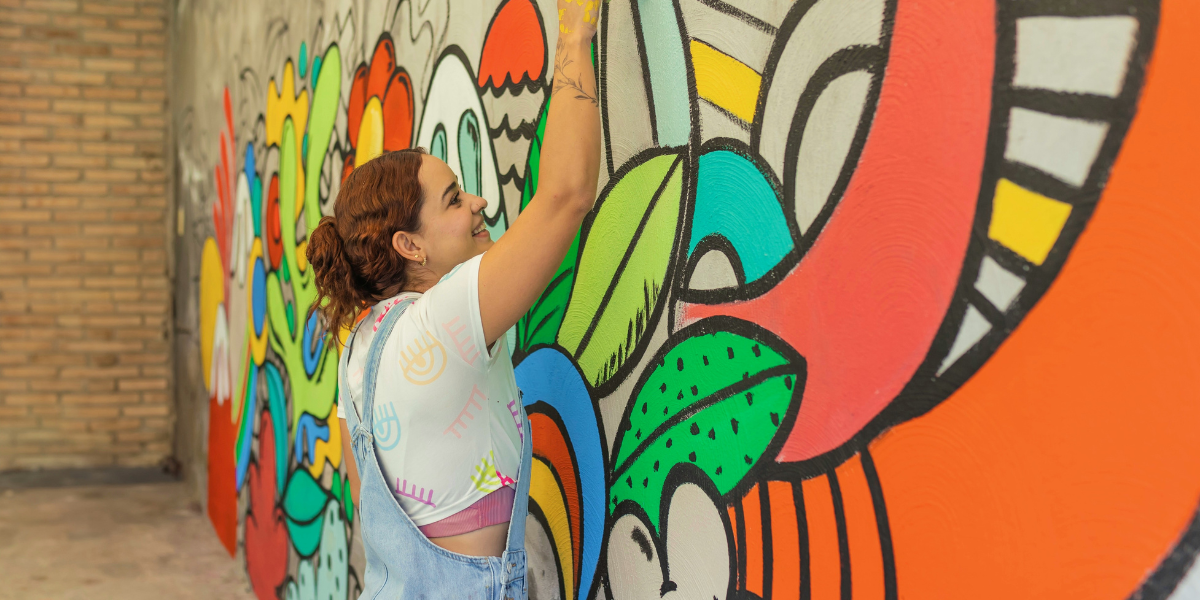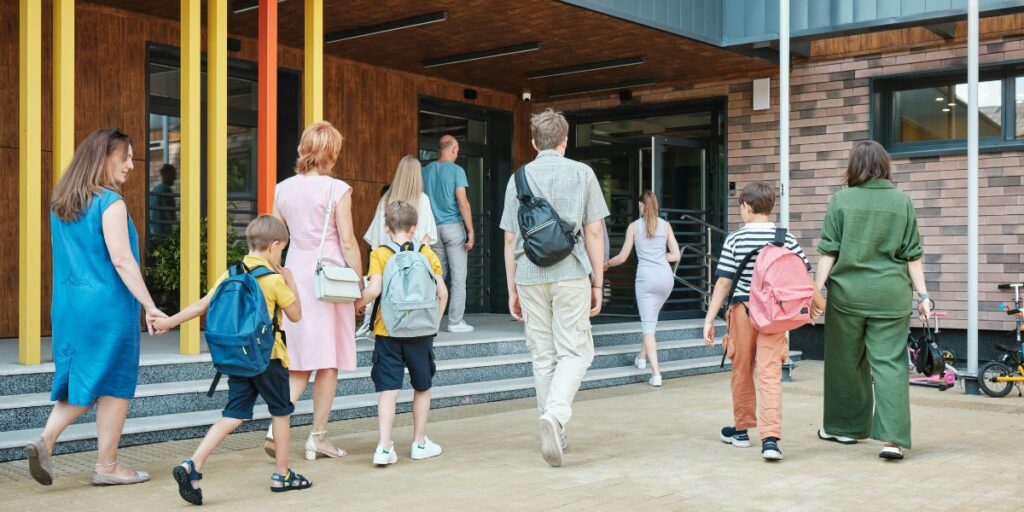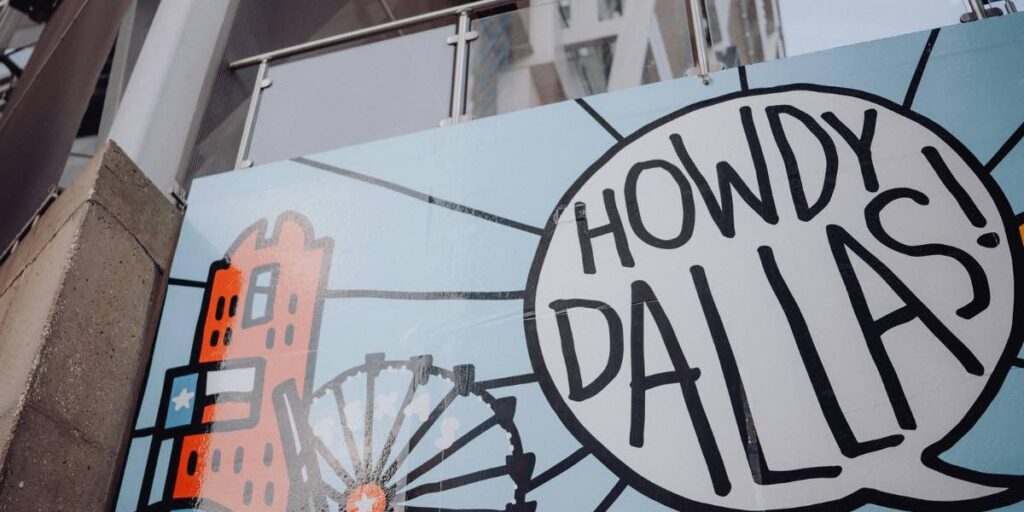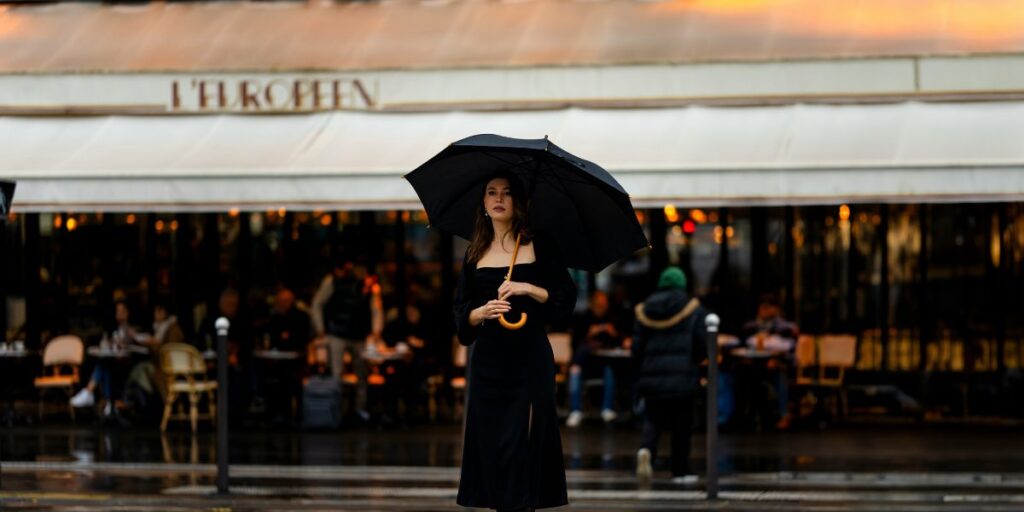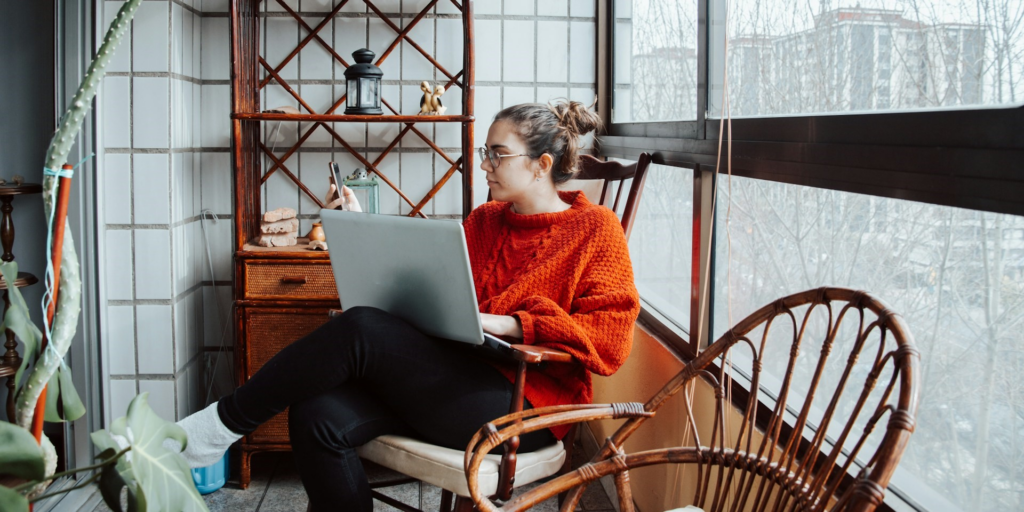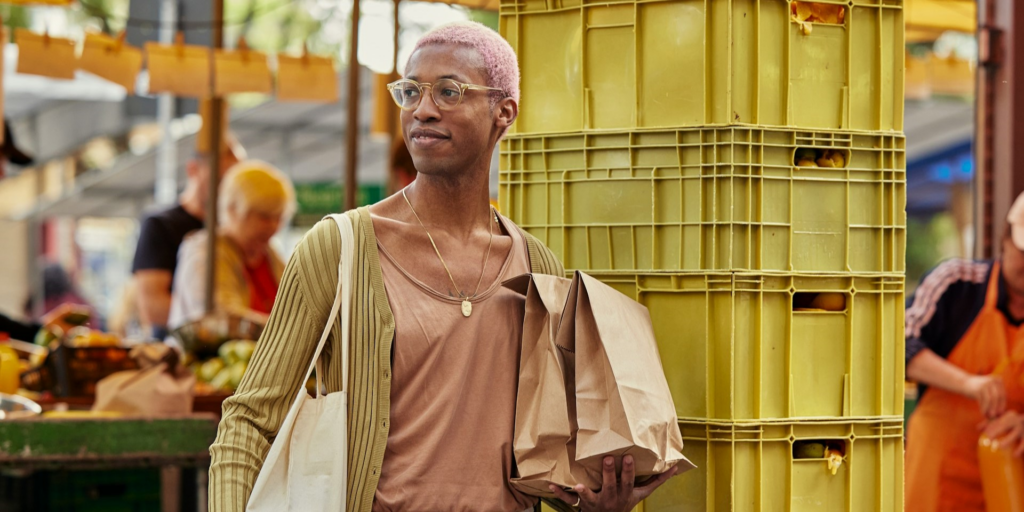How does public art shape the identity of a city?
Public art plays a significant role in transforming urban environments, offering more than just visual appeal. In Dallas, public art is integrated into the city’s architecture, influencing its identity and enriching the cultural fabric of the community. Rather than merely decorating public spaces, these works of art help shape how people experience and connect with the environment around them. They provide opportunities for reflection and dialogue, creating a connection between the people and the places they inhabit.
What impact does public art have in urban spaces?
In urban areas like Dallas, public art is not only about enhancing the visual appeal of a space but also about creating a sense of place. It can invite new interpretations of familiar surroundings, offering a fresh perspective on the city’s cultural and social dynamics. These works are designed to be accessible to everyone, regardless of background or status, making public art a communal experience that allows residents and visitors to engage in meaningful interactions with their environment. Art can introduce new ways of thinking about a space, drawing attention to both the visible and the hidden aspects of a city.
How does public art contribute to the vibrancy of Dallas?
In Dallas, public art plays a vital role in adding vibrancy to the city’s many neighborhoods. Murals, sculptures, and interactive installations can be found in various locations throughout the city, from the Dallas Arts District to the streets of Deep Ellum. These installations are more than aesthetic—they help shape the character of each neighborhood. By incorporating art into public spaces, Dallas fosters a culture of creativity and engagement. These works often encourage individuals to pause and reflect on their surroundings, turning everyday spaces into areas of inspiration.
Why is public art important for cultural expression in Dallas?
Public art serves as a platform for cultural expression in Dallas, allowing diverse communities to share their stories and experiences. The city’s rich cultural heritage is reflected in many of its public art projects, which highlight different historical, social, and artistic influences. These works can be a means of telling untold stories or offering alternative perspectives on shared histories. For example, murals celebrating the African American community in Dallas reflect the city’s commitment to honoring a broad range of cultural experiences. Through public art, Dallas fosters a more inclusive narrative that resonates with many residents.
Can public art contribute to urban revitalization?
Public art has the potential to play a role in the revitalization of underdeveloped or neglected neighborhoods. In Dallas, there are examples of how art has been used to bring new energy to areas that were once overlooked. The Design District and Oak Cliff are two neighborhoods that have benefitted from public art initiatives, which have helped draw attention to these areas and encourage economic development. As art becomes a part of the urban landscape, it can attract visitors, businesses, and new residents, helping to breathe new life into communities. Art’s presence can act as a catalyst for positive change in both the built environment and the local economy.
How does public art impact the local economy in Dallas?
Public art in Dallas also has a significant impact on the local economy. Art installations and public art events can attract visitors to the city, supporting the hospitality industry by bringing tourists into the area. Visitors often spend time exploring neighborhoods where public art is a focal point, leading to increased foot traffic and higher demand for local services. Additionally, public art creates employment opportunities for artists, curators, and other professionals in the creative sector. The city’s investment in art supports a vibrant creative economy, contributing to the overall growth of the community.
What role does public art play in community engagement?
Public art provides an opportunity for community engagement in Dallas. Many art projects are designed with input from local communities, giving residents a chance to have a say in the creation of the spaces they inhabit. This collaboration fosters a sense of shared ownership and pride. When people feel connected to the art around them, it can create stronger bonds within the community. Art can also serve as a means of social commentary, addressing local issues and encouraging discussions about the community’s future. Through these shared experiences, public art encourages individuals to consider their role in the city and the larger social fabric.
How does public art contribute to the well-being of Dallas residents?
Public art can positively impact the mental and emotional well-being of individuals. In a bustling city like Dallas, art provides a break from the fast pace of urban life, offering residents and visitors a moment of reflection and calm. Exposure to art has been linked to improved mental health, as it can inspire creativity, reduce stress, and foster a sense of peace. Art in public spaces can also promote a sense of belonging, making people feel more connected to the places they frequent. As such, public art plays an important role in creating spaces where individuals can feel both mentally and emotionally engaged.
How does public art facilitate dialogue in Dallas?
Public art in Dallas often serves as a catalyst for conversation. Many installations provoke thought and encourage individuals to reflect on topics ranging from social justice to environmental concerns. These pieces create opportunities for dialogue, offering viewers a chance to engage with the artwork and consider the messages it conveys. Public art is a medium through which the city’s diverse voices can be heard, creating a space for discussion about relevant issues in society. In this way, public art helps facilitate important conversations, strengthening community ties and encouraging greater understanding across different groups.
What does the future hold for public art in Dallas?
As Dallas continues to grow and evolve, public art will likely remain a vital part of its urban development. The city is increasingly recognizing the importance of integrating art into public spaces, and this trend is expected to continue as urban planning becomes more inclusive of cultural elements. Public art has proven to be a valuable tool in creating vibrant, engaging spaces that appeal to both residents and visitors. As the city develops new neighborhoods and revitalizes existing ones, art will play an essential role in creating environments that are not only functional but also inspiring. The future of public art in Dallas is one where creativity continues to flourish, contributing to the city’s cultural identity and urban experience.
How can public art shape the perception of Dallas?
Public art has the potential to influence how Dallas is perceived, both by those who live there and by outsiders. Art installations throughout the city create a sense of cultural richness, helping to define Dallas as a city that values creativity and diversity. These works of art offer insight into the city’s identity, showcasing the various cultural, historical, and social influences that shape it. By integrating art into the public sphere, Dallas communicates its commitment to inclusivity and innovation, making it a more dynamic and welcoming place for people from all walks of life.
What role does public art play for future generations?
For future generations, public art in Dallas will serve as a lasting reflection of the city’s cultural evolution. These artworks will not only provide inspiration for young artists but will also serve as an educational tool for those who seek to understand the past, present, and future of the city. The enduring presence of public art will continue to influence how future residents interact with their environment, ensuring that creativity remains a central element of urban life.
In Dallas, public art is a powerful tool that impacts the city’s development, cultural expression, and community engagement. Its ability to transform spaces, foster dialogue, and inspire creativity makes it a vital component of the urban experience. As Dallas continues to grow, public art will remain a key factor in shaping the city’s identity, helping it to evolve in meaningful and inclusive ways.


